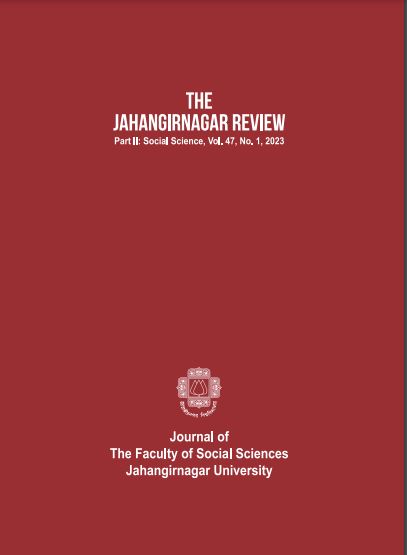Assessing the Vulnerability of Sea-Level Rise on Cox's Bazar Coastline An Analysis Using GIS Technology
Main Article Content
Abstract
Bangladesh, with its low elevation, dense population, and reliance on natural resources, is particularly susceptible to global warming and climate change impacts. As sea levels rise, coastal areas face numerous challenges, including increased risk of cyclones, flooding, erosion, and storm surges. The southeastern coastline of Bangladesh, specifically Cox's Bazar, which is the longest sea beach, is particularly vulnerable to these effects. This study aimed to understand the impacts of rising sea levels on Cox's Bazar by creating a Coastal Vulnerability Index (CVI). The CVI was developed by evaluating shoreline changes and geomorphological classes along the shoreline and identifying eight parameters contributing to the area's vulnerability. Geomorphology, slope, relative sea level rise rate, mean tide range, coastline erosion and accretion, land use and land cover, demographic age distribution, and demographic income distribution were among these factors. The researchers used GIS and remote sensing techniques to rank the parameters based on their potential impact on coastal changes and calculate the final CVI. The study's findings indicated that 20% of the shoreline's 342.54 km, or 76 km, was at very high risk, 12% was at high risk (46 km), 24% was at moderate level risk (89 km), and 44% was at low ranked risk (166 km). The most susceptible coastal areas were mainly located near Sabrang and Shahpurir Dwip's southern coasts.

